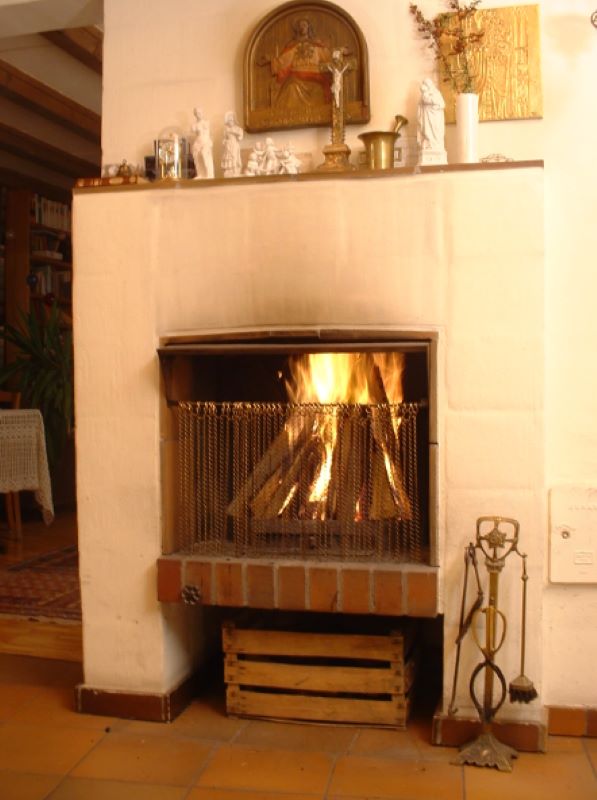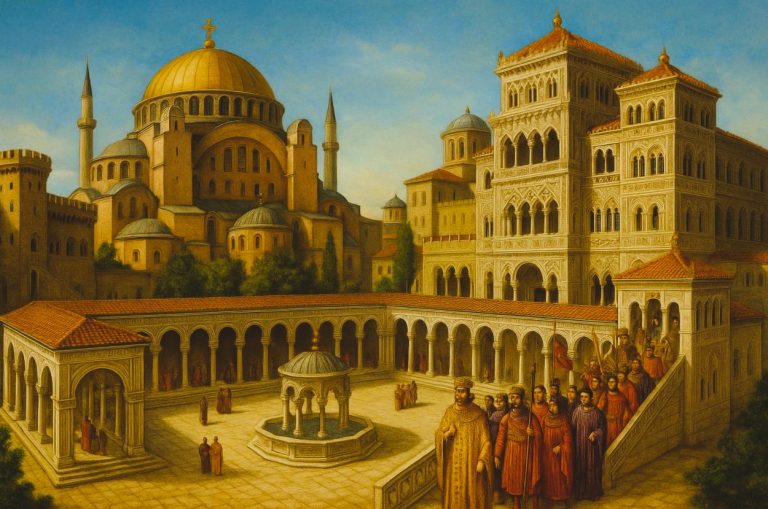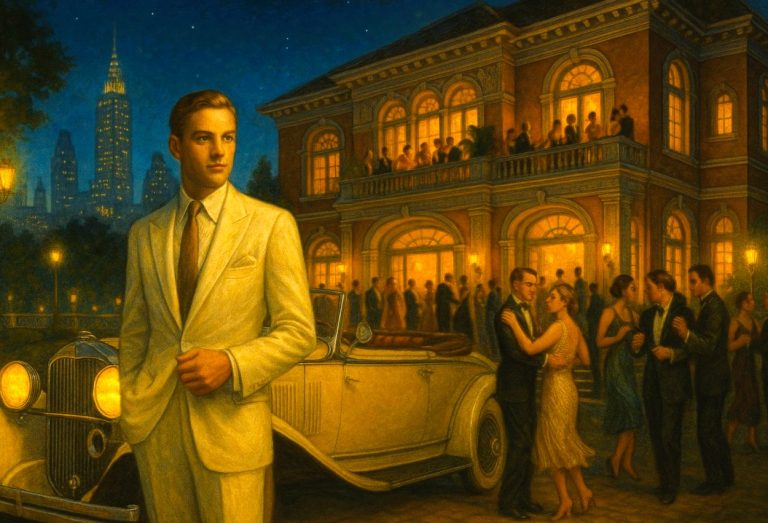

Home heating is something we often take for granted. It’s something we don’t really notice, but heating a house wasn’t always so convenient. Advancements in heat pump systems over time, as well as other types of heating systems, happened slowly. It’s because others struggled to keep the cold at bay that we enjoy the wide range of heating options we enjoy today.
The history of heating is long and extremely complex, with many discoveries and inventors that could fill a library’s worth of encyclopedias. Instead, we’ll narrow things down and cover the basics, starting with the fireplace.
Heating With Fireplaces and Stoves
Fireplaces have been heating gatherings for millennia. It’s the original way to heat up a space, so it makes sense that it would be brought into the house with a wood stove.
The first metal wood-burning stove originated in Europe in the 16th century, but it wasn’t until the Industrial Revolution that it really took off. Benjamin Franklin invented the aptly named Franklin stove, which many other stoves of the time were modeled after. It was eventually preferred over traditional fireplaces because it used less fuel and could warm a room in a shorter time period.
More and more homes in the 1700s featured a wood-burning stove, with nearly every home containing one before the start of the 20th century.
Although wood-burning stoves aren’t seen in many homes today, fireplaces saw a resurgence in the 1970s. Many homes still contain fireplaces, although they aren’t usually of the wood-burning variety. Instead, many modern homes contain gas fireplaces that can be turned on with the flick of a switch.
The Radiators of the 1800s
The year 1855 saw another turning point in modern home heating systems with the invention of the radiator.
Franz San Galli of Russia is often credited as the inventor of the heating radiator, but the truth isn’t quite so cut and dry. While he received his radiator patent in 1857, an American by the name of Joseph Nason developed a primitive radiator in 1841. He is especially credited with patenting tapered pipe threads that help make radiator technology possible.
Much of the technology that was developed by both San Galli and Nason can be seen in radiators that are still used in homes today. They continue to be popular because they come with benefits that include:
- Cost-effectiveness: Radiators are extremely efficient with almost no heat loss, so you get more bang for your buck.
- Durability: Radiators contain few moving parts, which means they break down very rarely and require minimal maintenance.
- Safety: Radiators don’t rely on blowers or motors, which means you don’t have to worry about mold or mildew.
Patenting the First Central Heating System in the early 1900s
The most common type of home heating system involves a furnace. This amazing feat of engineering was designed to use natural gas, which saved time from chopping wood. It increased comfort, because no one had to get up and make sure more wood was added to the fire, and it increased safety, because there was no need to keep a fire burning all night long.
This original design was never executed, as heat flow with the system was a concern, but without this design and its underlying concept, we wouldn’t have the central heating systems we have today.
Little is known about the African American woman who designed a modern furnace using this technology.
Alice H. Parker was an African American inventor, and that’s pretty much all we know. There is some debate over when exactly she was born, as well as when she died. Most of her life is speculated, which includes what she might have looked like, as she doesn’t have any confirmed, verifiable photos.
But what she left us with is the first recognizable central heating system that persists today, partly due to Parker’s original design.
The Ground Source Heat Pumps of the Mid 1900’s
In the mid-1900s, a new heating technology entered the scene: Robert C. Webber created the direct exchange ground-source heat pump.
Heat pumps are unique because they don’t create their own heat, like the central heating system that Alice H. Parker designed or the radiator that Franz San Galli created. Instead, heat pump systems move heat around.
When the weather is cold, heat pumps pull warmer air in from outside, and in the summer, they take the warmer air from inside your home and send it back outside.
They are popular today because they can reduce your electricity usage by more than half compared to furnaces and baseboard heaters. They also dehumidify the air, which can make your home much more comfortable in the summer.
Because of their technology, they were originally the most useful in milder and hot climates, but modern technology has made them effective in areas that experience subfreezing temperatures.
All the Ways We Heat Our Homes Today
The history of home heating systems is complex because it isn’t linear. There isn’t one invention or discovery that’s more important than the others, or even one type of way to heat your home.
That’s actually a good thing. It means you have many different heating choices.
In addition to the fireplaces, radiators, central heating systems, and heat pumps mentioned so far, there are other ways to heat your home that include:
- In-floor radiant heat
- Electric resistance heating systems
- Baseboard hydronic systems
- Electric space heaters
- Active solar heating
- Gravity air furnaces
What type of home heating system you use will depend on where you live, how much money you have, and what type of heating you need. For example, in-floor radiant heat can be expensive because it requires you to build it into your floors. You aren’t likely to find a fireplace in warm-weather climates, but you might find heat pumps, as they can keep air temperatures comfortable during hot summers and mild winters.
No matter what kind of system you have, take the time to appreciate the warmth, as it’s something that has taken centuries to develop.


